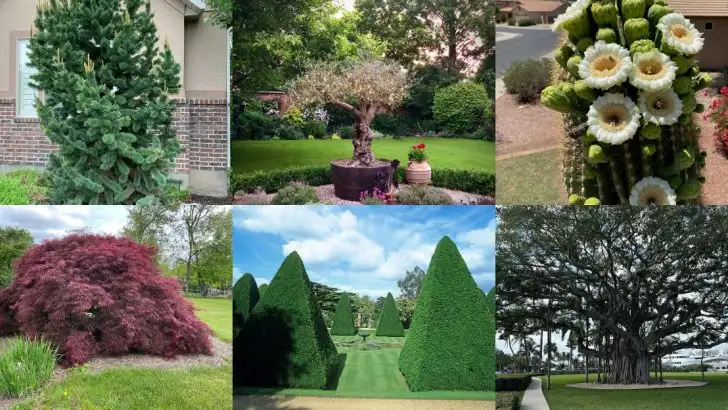Imagine a garden where plants outlast generations. Picture living treasures that defy the ordinary and turn your backyard into a timeless sanctuary. Step into a world where every tree, shrub, and perennial breathes history and endurance. These botanical marvels weather scorching summers and biting winters while quietly marking the passage of centuries. They grow, thrive, and even reinvent themselves, carrying the legacy of nature in every leaf. Why settle for blooms that vanish with the season? Choose a garden that becomes a living monument to endurance. These 20 plants promise more than fleeting beauty—they offer a future where your green space endures well beyond a lifetime. Get ready to sow seeds for a heritage of natural wonder. In your own backyard, immortality is more than a myth; it’s an invitation to nurture living legends.
Bristlecone Pine
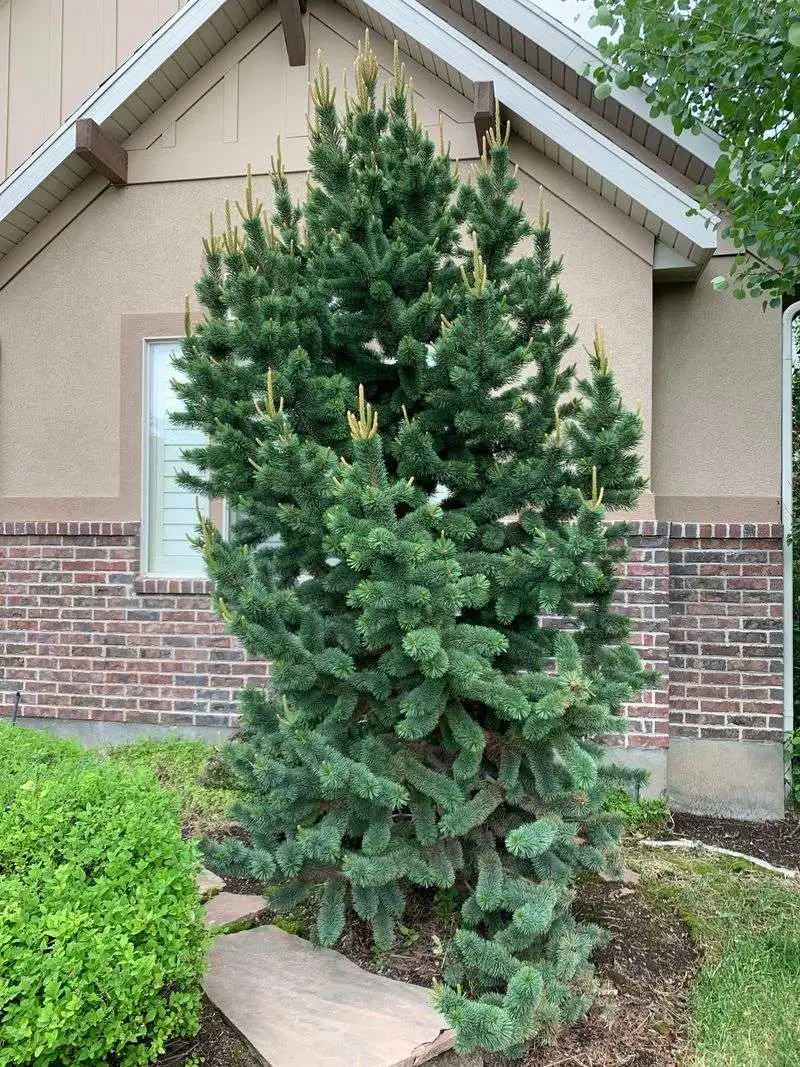
Boasting an astonishing lifespan, the Bristlecone Pine holds the record for being one of the oldest living trees on earth. Its gnarled appearance and rugged resilience make it a symbol of endurance. Found in harsh mountainous terrains, this tree adapts remarkably well to a home garden with similar conditions. Known for its slow growth, it rewards patience with centuries of quiet presence. The Bristlecone Pine not only serves as a natural marvel but also as a testament to the elegance of survival.
Olive Tree

The Olive Tree is celebrated for its historical significance and longevity. With roots tracing back to ancient civilizations, it offers both visual appeal and practical benefits. Its silver-green foliage provides a soft, soothing contrast in any garden setting. This hardy tree requires minimal care once established, thriving in sunny spots with well-drained soil. Beyond its aesthetic charm, the Olive Tree symbolizes peace and prosperity, making it a meaningful addition to your garden legacy.
Saguaro Cactus

Nothing says resilience like the iconic Saguaro Cactus. Towering up to 40 feet, it thrives in the arid conditions of the desert southwest and can live for over 150 years. Its striking silhouette adds drama and vertical interest to any garden. Known for its slow-growing nature, the Saguaro requires patience but rewards with a stunning presence. This cactus is not only a sanctuary for desert wildlife but also a testament to survival against all odds.
Japanese Maple
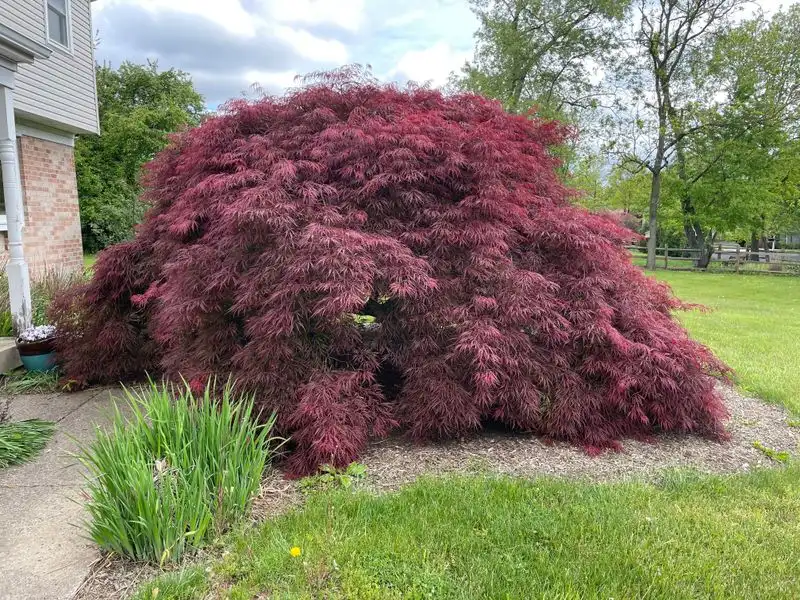
Japanese Maple trees captivate with their graceful form and vibrant foliage. These ornamental trees, cherished in many gardens, can live for over a century under the right care. Known for their delicate leaves that transform into brilliant shades of red and gold in the fall, they bring seasonal beauty to any landscape. Preferring shaded spots and well-drained soil, these trees are relatively low-maintenance yet offer high visual impact.
Ginkgo Biloba
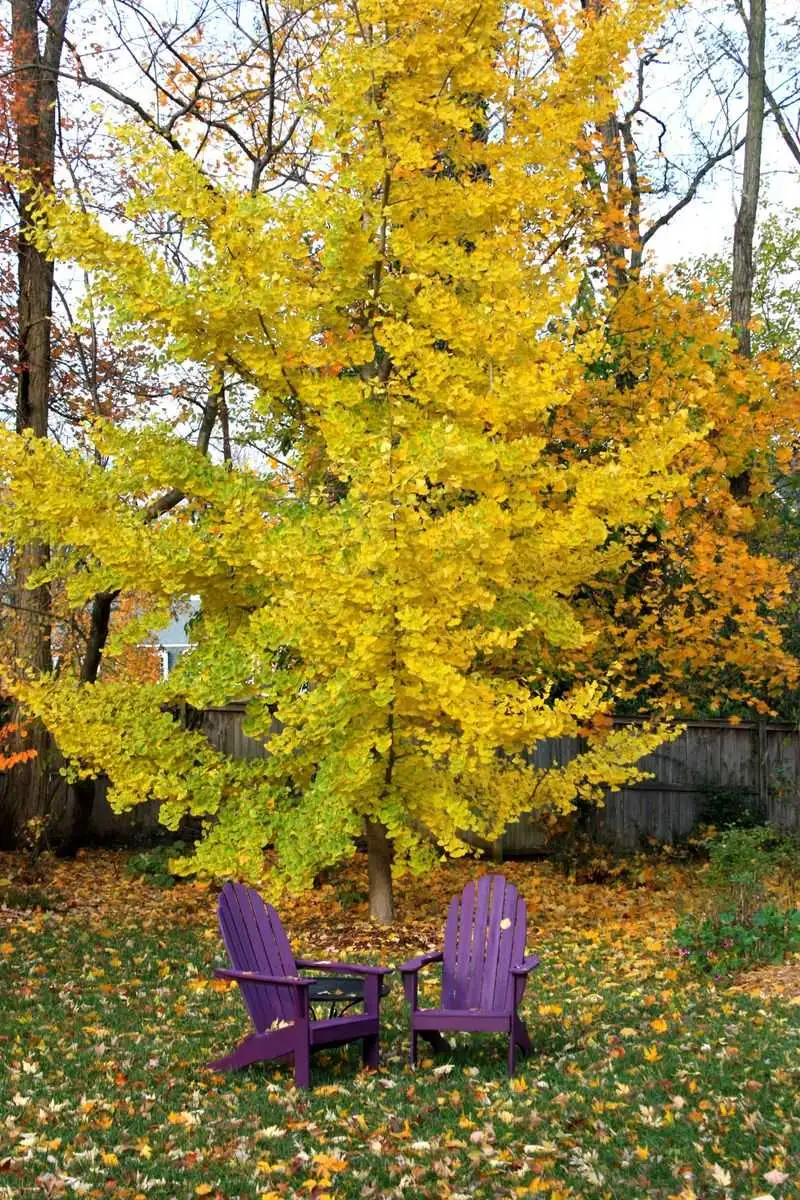
Admired for its unique fan-shaped leaves and resilience, the Ginkgo Biloba is a living fossil dating back millions of years. This tree adds elegance and a touch of ancient history to your garden. Capable of withstanding pollution, pests, and diseases, it thrives in urban environments and open gardens alike. The golden hue of its leaves in autumn provides a stunning visual display. With minimal care, the Ginkgo Biloba can be a centerpiece for generations.
Banyan Tree
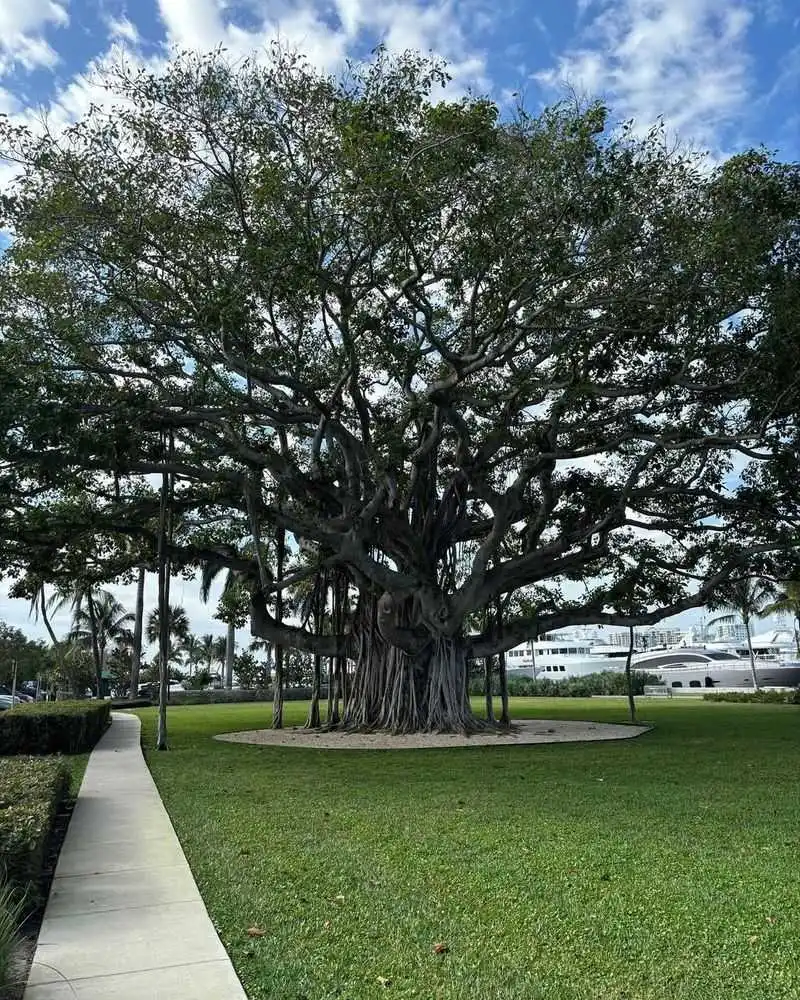
Renowned for its expansive canopy and intricate root system, the Banyan Tree is a marvel of nature. Often seen as a sanctuary for wildlife, its unique structure offers shade and shelter. Though typically found in tropical climates, with care and the right conditions, it can grace home gardens as well. This tree symbolizes strength and connection, with each aerial root growing into a new trunk, creating a living network.
English Oak
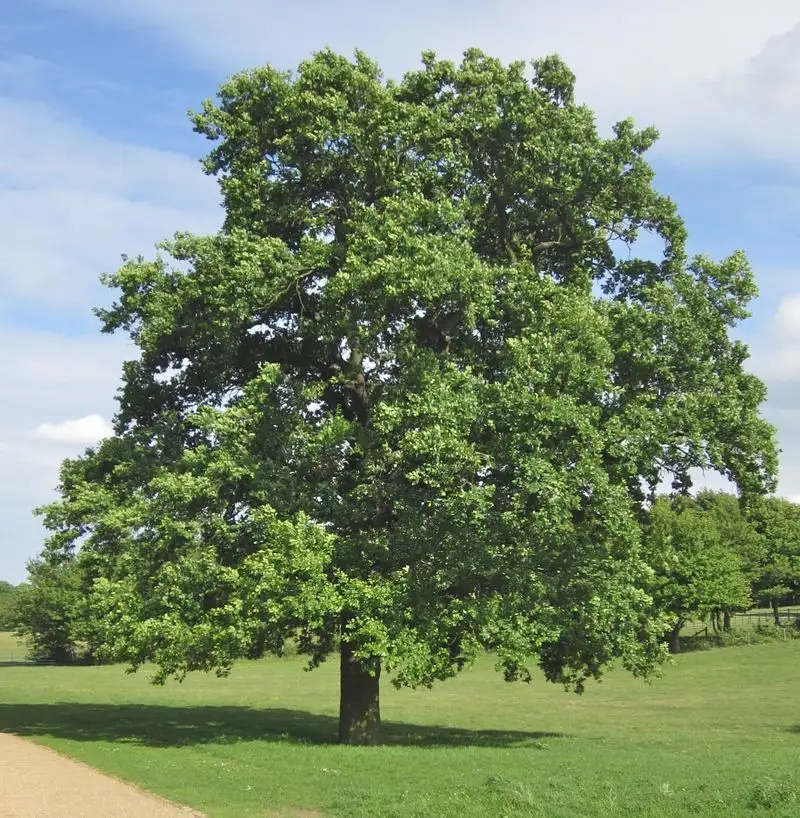
The English Oak stands as a symbol of strength and endurance. Its broad canopy and sturdy trunk provide habitat for a variety of wildlife. Known for its hard timber, it has been revered throughout history. When planted in a spacious area with good sunlight, this oak can grow into a magnificent fixture in your garden over the centuries. With patience and care, the English Oak becomes a living monument.
Welwitschia
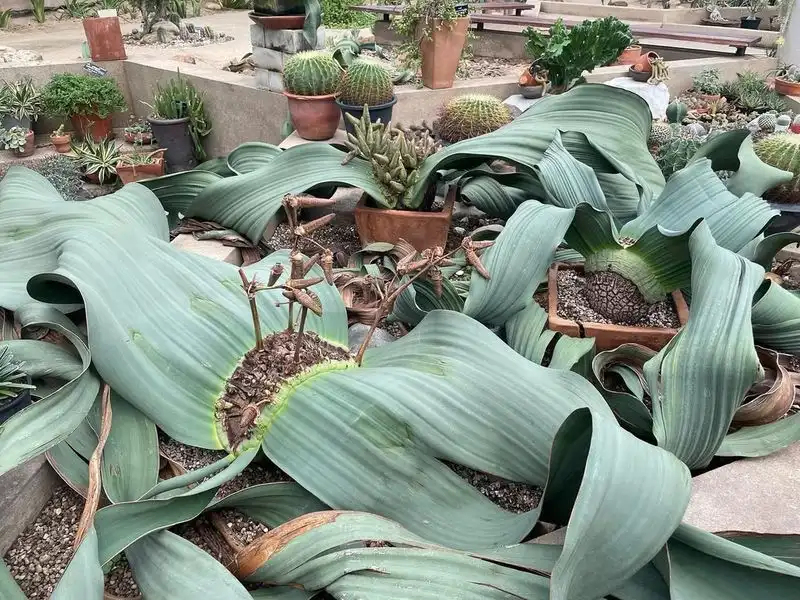
Welwitschia is a botanical oddity that’s captivated scientists and plant enthusiasts alike. Native to the Namib Desert, it has adapted to survive in extreme conditions. This plant produces only two leaves that grow continuously over its lifetime, which can exceed a millennium. Its resilience and unique appearance make it a fascinating addition to specialized gardens. Though challenging to cultivate, the reward is a piece of living history.
Coast Redwood
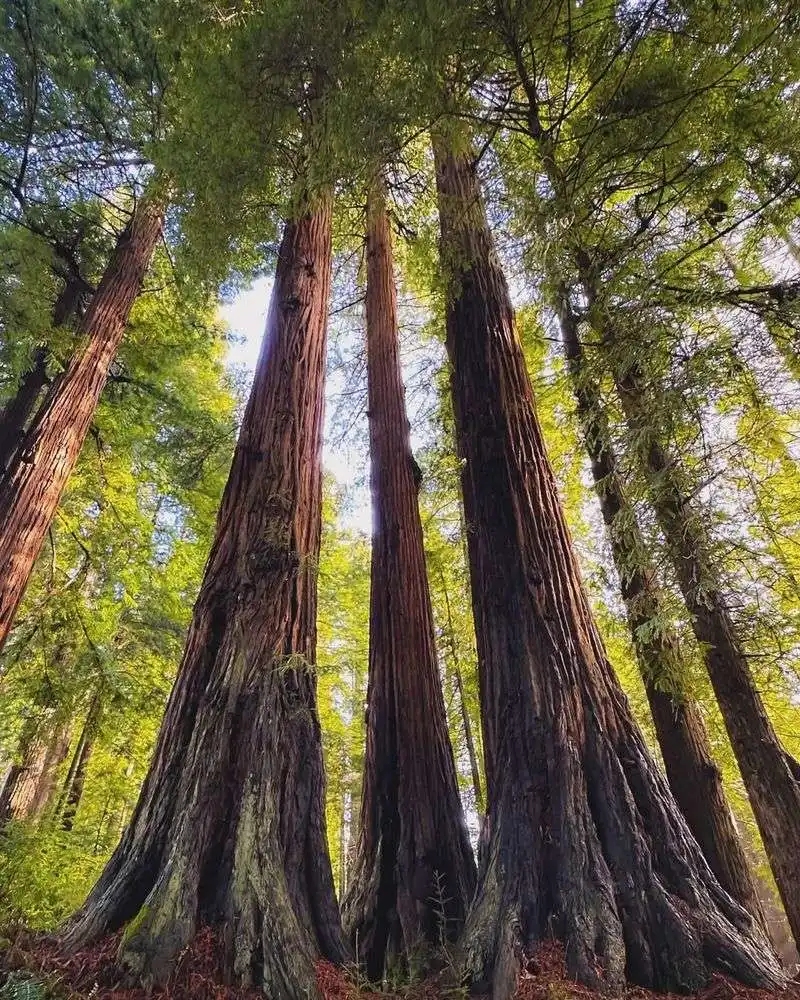
The Coast Redwood is renowned for its towering stature and longevity. These giants of the forest can live for over 2,000 years, reaching heights that command awe and respect. Their bark is thick and resistant to fire, pests, and disease, making them survivors through the ages. While generally found in coastal regions, they can be grown in large gardens with enough space and the right conditions.
Baobab Tree
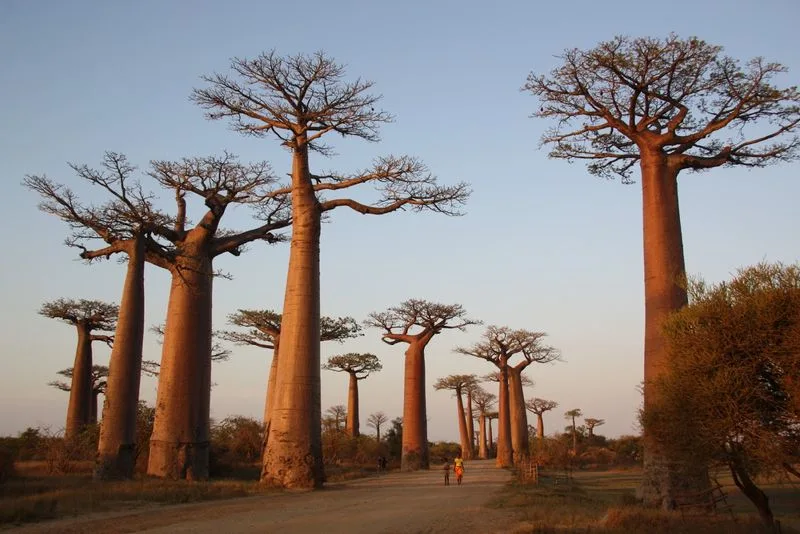
Baobab Trees are iconic symbols of Africa’s landscape, known for their enormous trunks and ability to store water. These giants can live for thousands of years, offering shade and nourishment to wildlife and humans alike. Their unique shape and size make them a striking addition to any large garden. With the right climate and care, a Baobab can become a cherished family heirloom, a testament to life’s endurance.
Joshua Tree
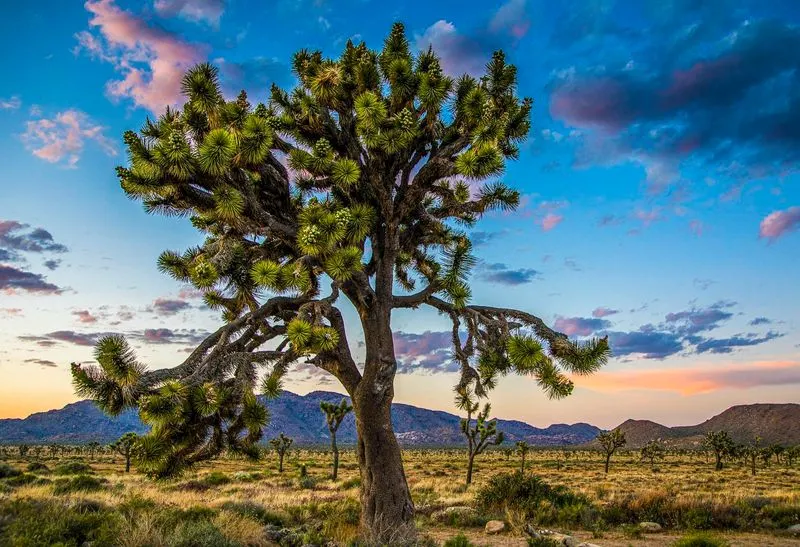
The Joshua Tree’s distinctive silhouette defines the Mojave Desert landscape. Known for its spiky leaves and twisted branches, it can live for hundreds of years. Adapted to thrive in arid conditions, this tree adds a touch of wild desert beauty to gardens that mimic its natural environment. Its slow growth and unique appearance make it a fascinating and enduring feature, perfect for garden enthusiasts seeking something extraordinary.
Cedar of Lebanon
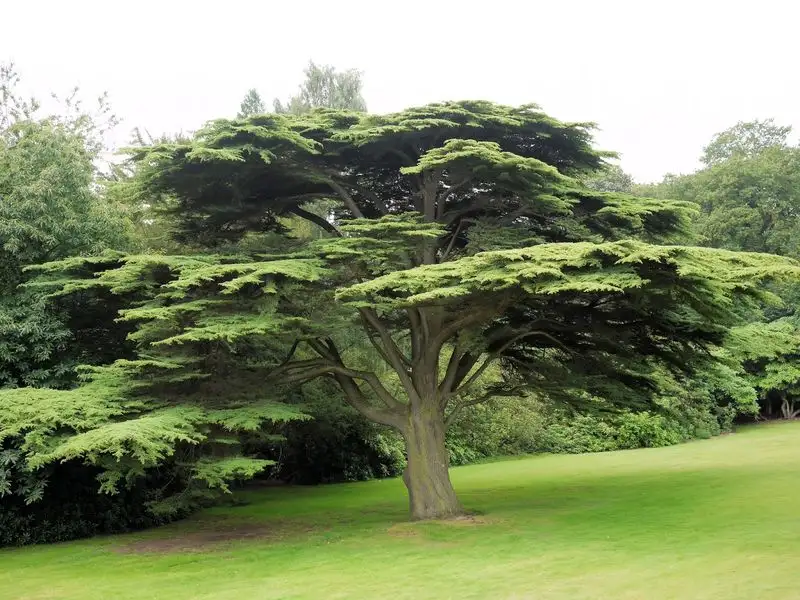
The Cedar of Lebanon is steeped in history, mentioned in ancient texts and revered for its grandeur. Known for its wide-spreading branches and aromatic wood, it can live for over a thousand years. This stately tree requires ample space and well-drained soil to thrive. Its majestic presence and historical significance make it a cherished addition to large gardens or estates, where it can stand as a symbol of strength and endurance.
Magnolia Grandiflora
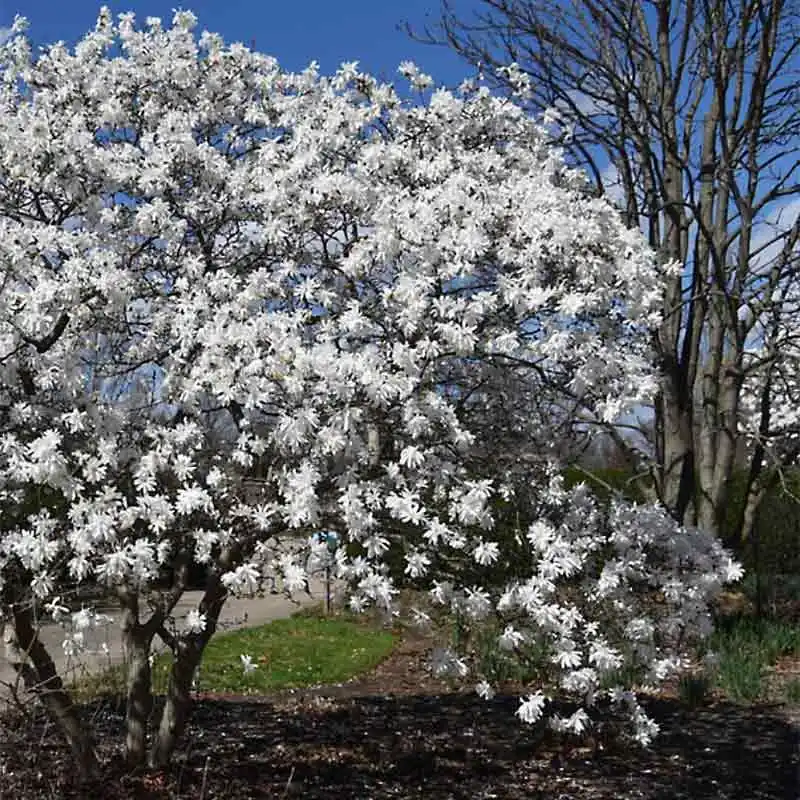
Magnolia Grandiflora is celebrated for its large, fragrant blossoms and evergreen leaves. This Southern beauty can live for centuries, bringing elegance and charm to gardens. Its glossy foliage and magnificent flowers provide a year-round visual feast. Preferring warm climates and well-drained soil, it thrives with minimal care. The Magnolia’s timeless beauty and sweet fragrance make it a beloved choice for gardeners seeking both form and function.
Sequoia
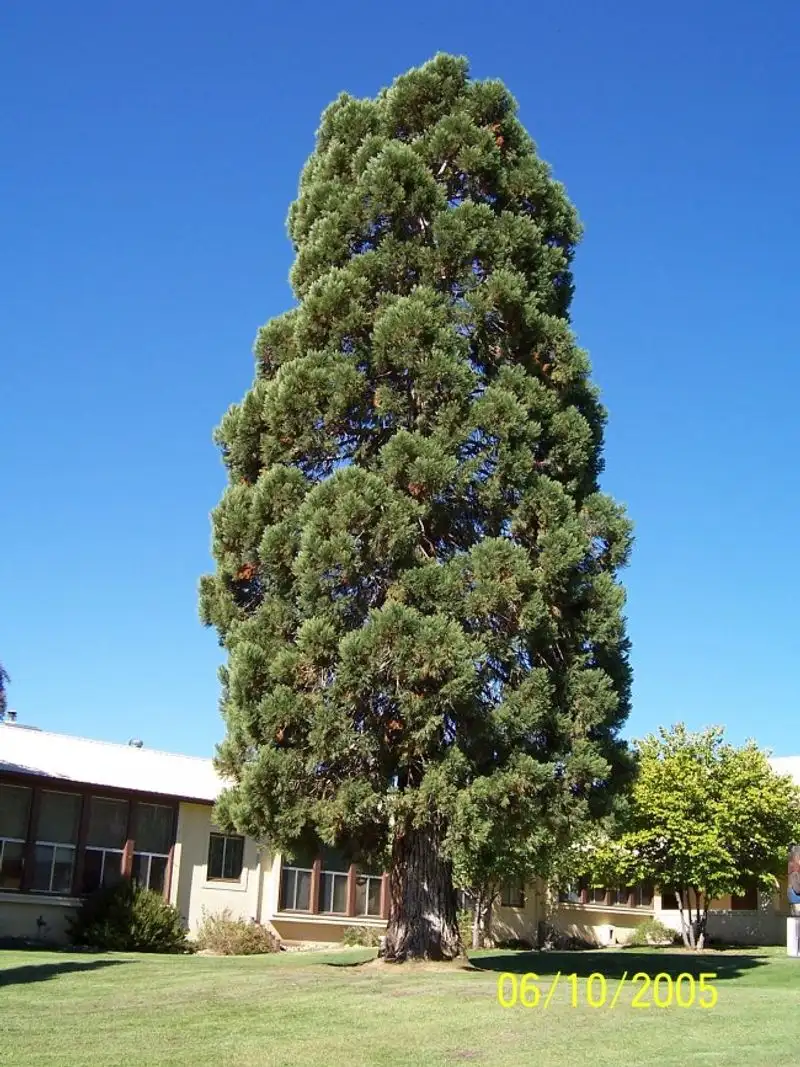
Sequoias, among the largest living trees, are wonders of the natural world. These monumental giants can live for over 3,000 years, reaching heights that seem to touch the sky. Known for their thick, fire-resistant bark, Sequoias are resilient survivors. While they require specific conditions to thrive, their presence transforms any appropriate landscape into a testament to nature’s grandeur. Growing a Sequoia is a long-term commitment, but the reward is a legacy of awe-inspiring beauty.
Bonsai
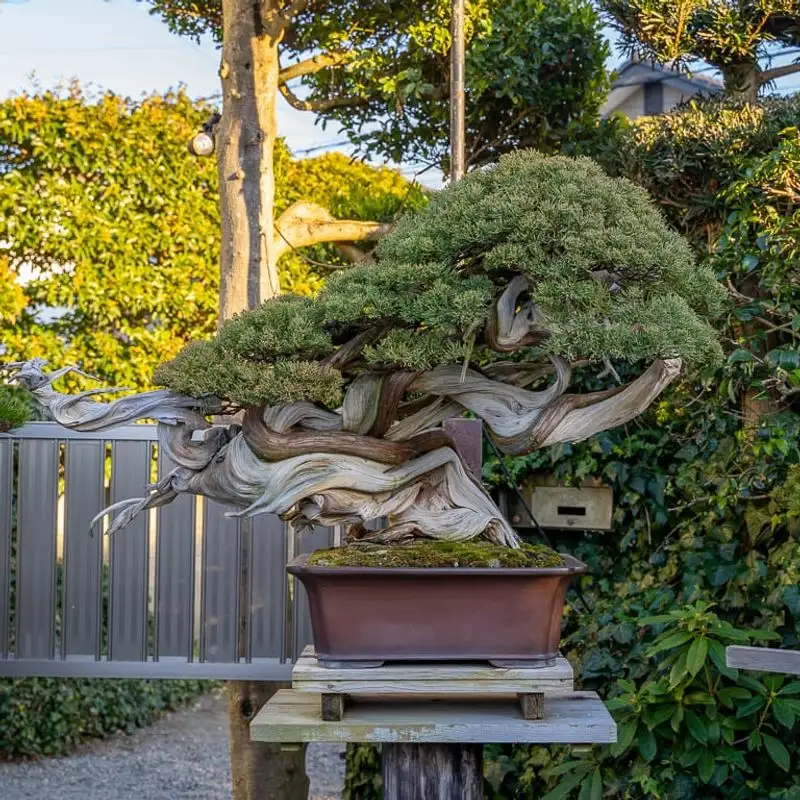
Bonsai is the art of cultivating miniature trees, an ancient practice that combines horticulture with artistry. While the trees themselves vary, the discipline can allow certain species to live for over a hundred years. Each Bonsai is unique, shaped meticulously over time to reflect natural landscapes. This living art form requires patience, precision, and creativity, offering a deeply personal connection to nature. Bonsai trees are perfect for gardeners who appreciate both challenge and beauty.
Cypress Tree

Cypress Trees are known for their graceful, columnar shape and adaptability. Often associated with calm landscapes and waterways, they can live for over a century. Their needle-like leaves and tall, slender trunks make them perfect for adding vertical interest to gardens. Cypress Trees thrive in various conditions, from wetlands to dry soils, demonstrating impressive resilience. Their presence brings a serene and structured elegance to any outdoor space.
Wollemi Pine

The Wollemi Pine is a living fossil, thought extinct until rediscovered in 1994. Its prehistoric appearance and rarity make it a unique addition to gardens. Capable of living for over 100 years, this tree thrives in diverse climates with the right care. The Wollemi’s dark green foliage and distinctive knobbly bark add intrigue and a touch of ancient history to any garden space. This resilient survivor is a testament to nature’s surprises.
Eastern Red Cedar
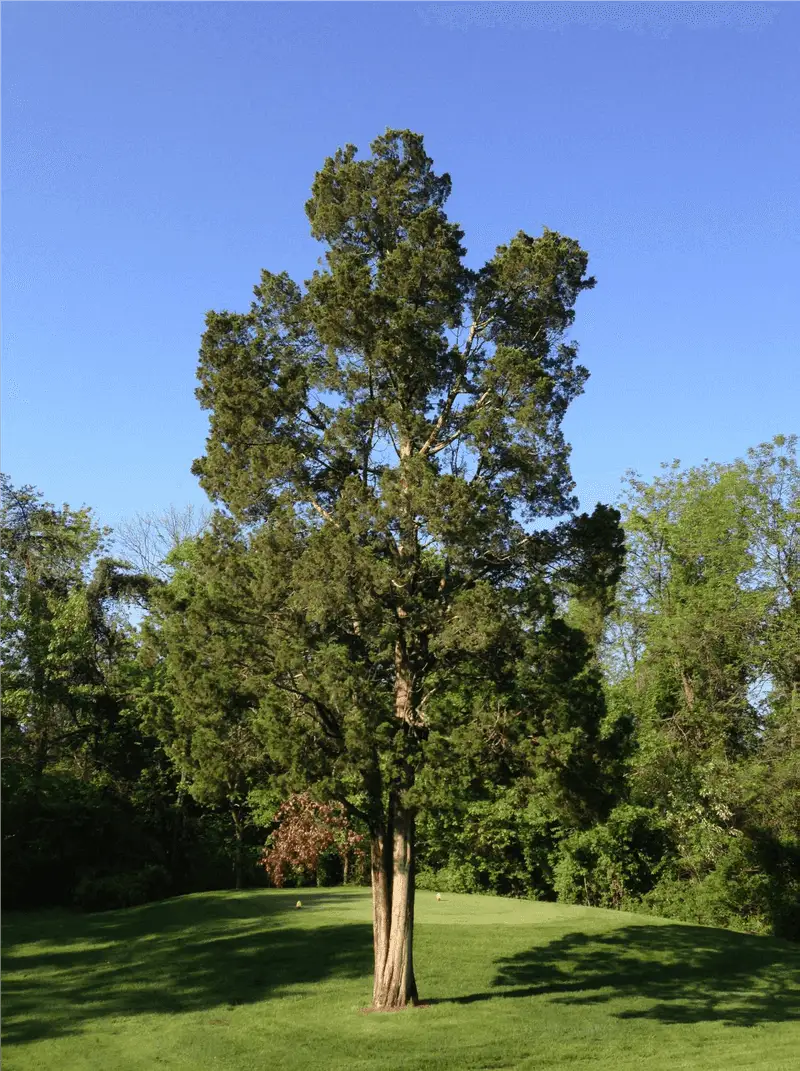
The Eastern Red Cedar is valued for its aromatic wood and dense foliage. Known for its adaptability and hardiness, it can thrive in various soil types and climates. This tree’s reddish-brown bark and evergreen leaves bring color and texture to gardens year-round. With a lifespan extending beyond a century, it serves as a steadfast presence in landscapes. The Eastern Red Cedar is perfect for gardeners seeking durability and charm.
Juniper
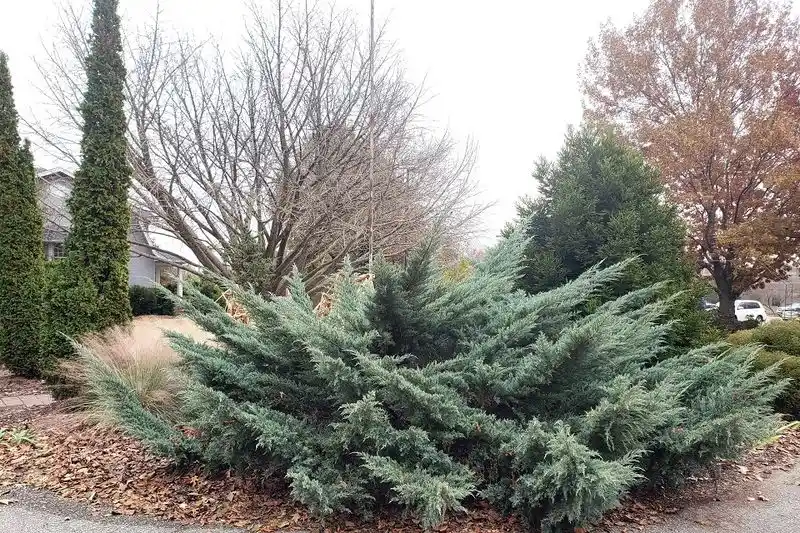
Junipers are versatile shrubs known for their aromatic foliage and hardy nature. With a wide variety of forms and colors, they can thrive in many garden settings. These shrubs are drought-tolerant and can live for over a hundred years, making them a sustainable choice for water-wise gardens. Their berries add visual interest and attract wildlife, while their evergreen needles provide year-round beauty. Junipers are ideal for gardeners seeking both practicality and aesthetics.
Yew Tree
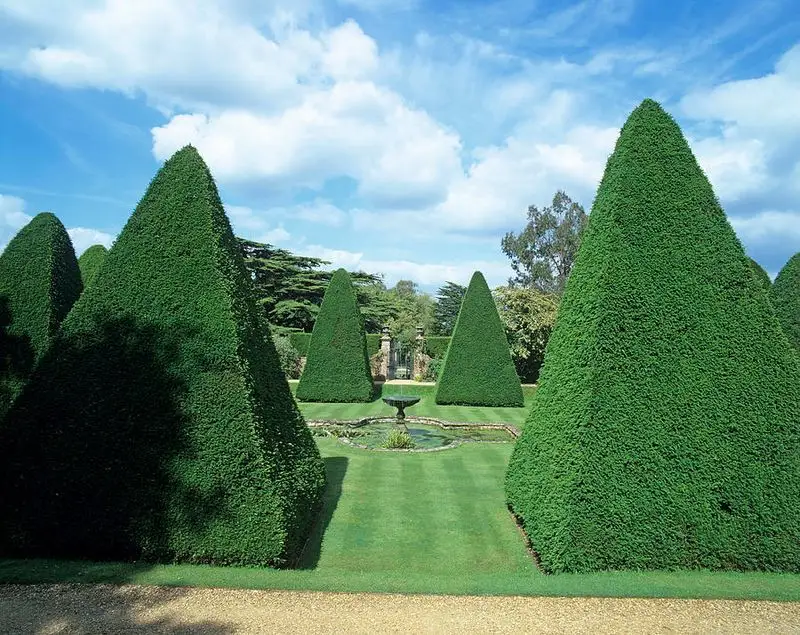
Yew Trees are steeped in legend and lore, often found in ancient churchyards. With dense, dark green foliage and bright red berries, they are both beautiful and functional. Yews can live for over a thousand years, making them symbols of longevity and endurance. Adaptable to various conditions, they are perfect for adding historical gravitas to a garden. Their slow growth and striking appearance make them a cherished choice for those seeking a timeless landscape.

